Rising Demand for Processed Foods
The increasing consumer preference for convenience foods is driving the Food Bleaching Agent Market. As lifestyles become busier, the demand for processed and ready-to-eat meals rises. This trend is reflected in market data, which indicates that the processed food sector is projected to grow at a compound annual growth rate of approximately 4.5% over the next five years. Food bleaching agents play a crucial role in enhancing the visual appeal and shelf life of these products, making them more attractive to consumers. Consequently, manufacturers are increasingly incorporating bleaching agents into their formulations to meet this demand. The Food Bleaching Agent Market is thus positioned to benefit from this trend, as the need for visually appealing and long-lasting food products continues to escalate.
Consumer Awareness of Food Quality
There is a growing consumer awareness regarding food quality and safety, which is influencing the Food Bleaching Agent Market. As consumers become more informed about food ingredients, they are increasingly scrutinizing product labels. This trend has led to a demand for transparency in food production, prompting manufacturers to adopt bleaching agents that are perceived as safe and effective. Market data indicates that approximately 60% of consumers prefer products with natural or minimally processed ingredients, which is shaping the formulation strategies of food producers. Consequently, the Food Bleaching Agent Market is adapting to these consumer preferences by offering products that align with the demand for quality and safety, thereby enhancing market growth.
Regulatory Standards and Compliance
The Food Bleaching Agent Market is significantly influenced by regulatory standards and compliance requirements. Governments and food safety authorities are increasingly implementing stringent regulations regarding food additives, including bleaching agents. These regulations aim to ensure consumer safety and product quality, which in turn affects the formulation and usage of bleaching agents in food products. Market data reveals that compliance with these regulations is expected to increase operational costs for manufacturers by up to 15%. However, this also presents an opportunity for the Food Bleaching Agent Market to innovate and develop safer, compliant products that meet regulatory standards. As manufacturers adapt to these changes, the market is likely to experience a shift towards more sustainable and compliant bleaching agents.
Expansion of Bakery and Confectionery Sectors
The expansion of the bakery and confectionery sectors is a key driver for the Food Bleaching Agent Market. As consumer preferences shift towards baked goods and sweets, the demand for high-quality flour and other ingredients that require bleaching agents is on the rise. Market data indicates that the bakery sector is projected to grow at a rate of 3.8% annually, driven by the increasing popularity of artisanal and specialty baked products. Food bleaching agents are essential in achieving the desired texture and color in these products, making them more appealing to consumers. Consequently, the Food Bleaching Agent Market is likely to benefit from this growth, as manufacturers seek to enhance the quality and visual appeal of their bakery offerings.
Technological Advancements in Food Processing
Innovations in food processing technologies are significantly impacting the Food Bleaching Agent Market. Advanced processing techniques, such as enzymatic treatments and improved bleaching methods, enhance the efficiency and effectiveness of bleaching agents. These advancements not only improve the quality of food products but also reduce production costs. Market data suggests that the adoption of such technologies is expected to increase by 20% in the next few years, as manufacturers seek to optimize their processes. This shift towards more efficient production methods is likely to drive the demand for food bleaching agents, as they become integral to modern food processing practices. The Food Bleaching Agent Market is thus poised for growth, driven by the need for innovation and efficiency in food production.


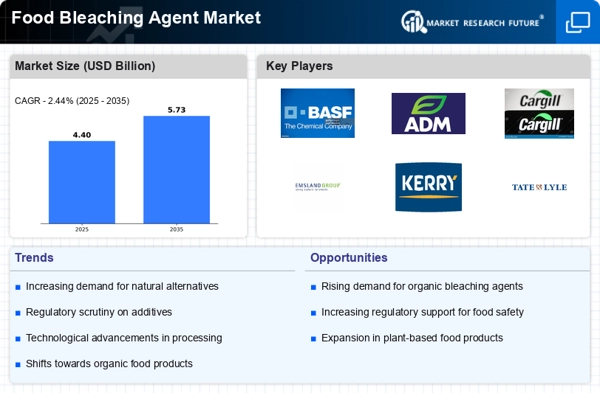

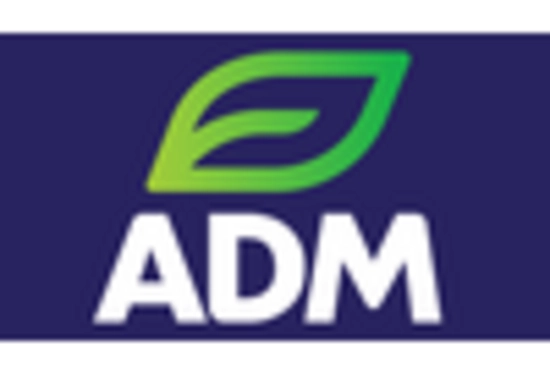


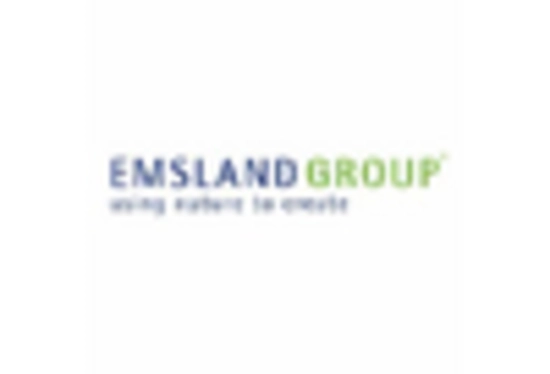
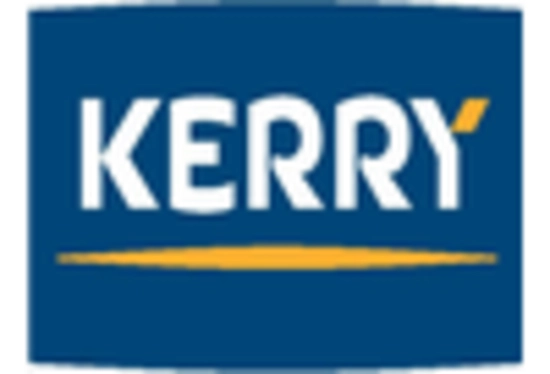
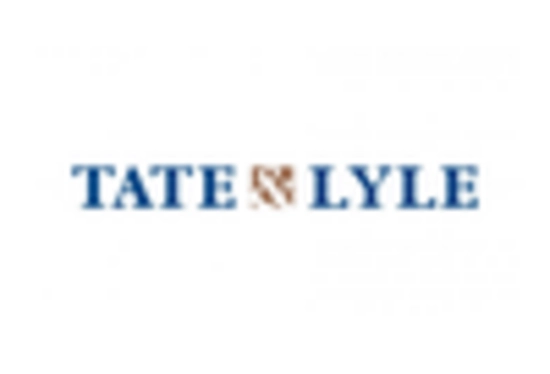








Leave a Comment